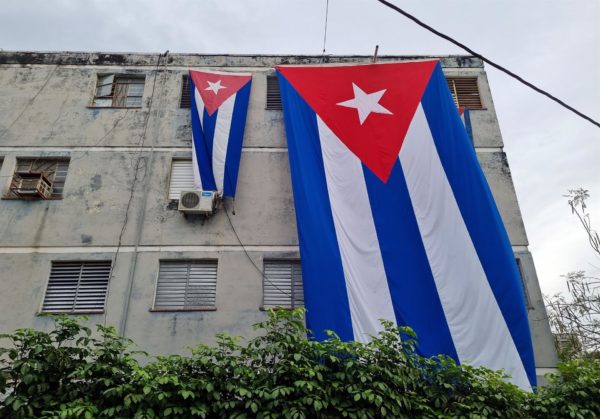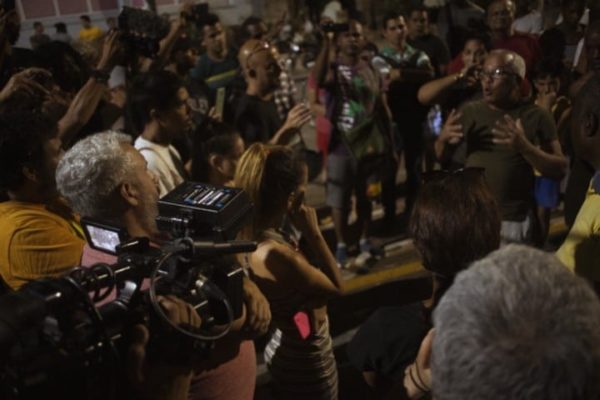Voting Results Give a Glimpse of the Real Cuba

Abstention began growing over the last few public elections, but it never before reached the current level.
By Gerardo Arreola (Confidencial)
HAVANA TIMES – The criticism leveled at the Cuban government in the street and in the ballot box, gives a glimpse of the plurality of society on the island, influenced more by their circumstances than the official discourse.
The independent news site known as Proyecto Inventario [“Project Inventory”] has identified over fifty protests that took place in Cuba between September 29th and October 1st.

The manifestations of discontent were triggered by the energy blackouts after Hurricane Ian hit the western part of the island on September 27, causing a total collapse of the national electric grid.
However, Inventario had already registered similar events in July and August of this year. These demands also stemmed from the electricity cuts, at that time due to failures in the thermoelectric plants. Adding to the difficulties of being without electricity, there’s a lack of running water, and basic goods are both scarce and very high priced.
In other words, the summer of 2022 brought a repeat version – extended over a longer period of time – of the protests of July 11-12, 2021, at a time when the series of blackouts that struck the island hadn’t yet begun.
Last weekend – October 1st and 2nd – like the preceding months and the year before, the demands were for immediate relief. However, there were also signs of greater discordance, marked by cries of “Freedom!”
Initially, government functionaries and police attempted to calm the multitude and explain what they were doing to resolve the situation. On occasions, they even explicitly recognized that protest is a right.
At the same time, there are witness accounts of arrests, and of groups of youth, sticks in hand, being transported in military vehicles to attack the protesters.
Some of the ways that people responded to the functionaries’ attempts at explanation seem to summarize the general state of mind: “We don’t believe you anymore!”

Coincidentally, the protests in the last few days occurred immediately after a referendum held on September 25, which confirmed approval of the New Family Code for Cuba, a progressive new legislation with broad social support. Among other novelties, it establishes rights for sectors that were formerly marginalized, such as the LGBTQI+ community and women victims of violence.
In contrast to other referendums, such as that to approve the 2019 Constitution, and the normal elections, this time there were other factors in play, There were some basic differences in concepts of families, gender equality and parental authority. There were calls to vote “no”, as a way of rejecting the system; and to vote “yes”, because of the contents of the Code, without considering the discrepancies of another kind.
The results of the referendum, although favorable to its passage, revealed the lowest participation ever for the government in a national vote.
According to the final results, there were 8,447,467 registered voters, of whom 6,269,427 cast a ballot. This means that 74.22% of Cubans went to the polls. In other words, abstention reached 25.78%, or 2,178,040 citizens abstaining.
For decades, the abstention rate in Cuba and the vote opposing projects or official candidates was minimal.
Abstention had begun growing in the last few such public consultations, but it had never before reached the current level.
The National Electoral Council didn’t give the numbers of null votes or blank ballots, but by subtracting the 5,909,385 ballots reported as valid votes, from the total deposited – 6,269,427 – gives an estimate of 360,042, or 5.74% of the votes cast. That’s a percent very similar to the tendency in the last decade.
Voting “Yes” were 3,950,288, or 66.85%; the “No” vote was cast by 1,959,097 Cubans, or 33.15%. That makes a proportion of two to one, unprecedented in the past history of voting in Cuba.
Apparently, the Soviet-style crushingly unanimous electoral results are gone forever. What emerges is a numeric glimpse of the society that really exists.
*Article originally published in “La Jornada”.





